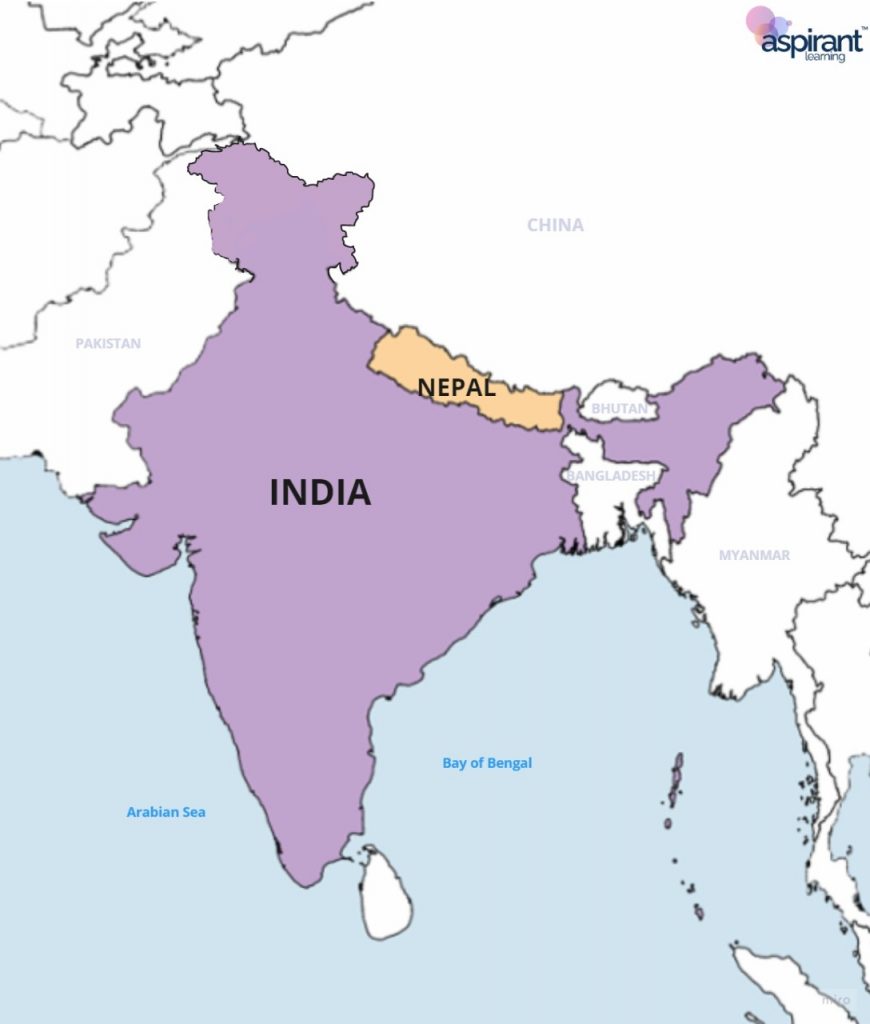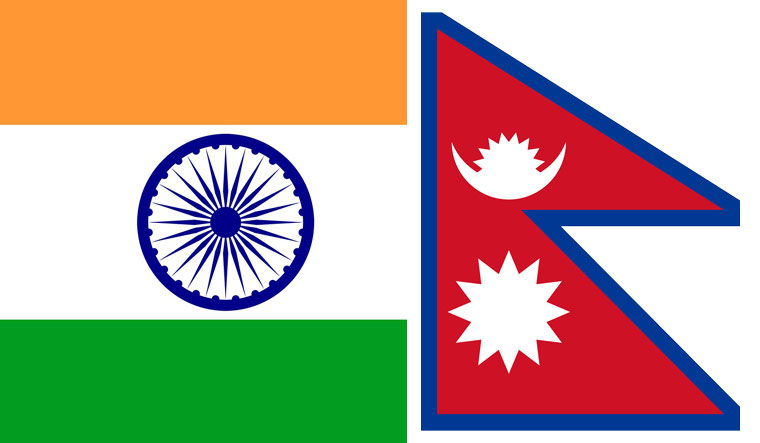News Highlight
Recently, India and Nepal signed a Memorandum of Understanding (MoU) to develop the West Seti and Seti River (SR6) projects.
Key Takeaway,
- The Memorandum of Understanding (MoU) was signed between India’s National Hydroelectric Power Corporation(NHPC) Limited and the Investment Board Nepal.
The West Seti Hydroelectric Project,
- It is a proposed 750-megawatt hydropower project.
- It is to be built on the Seti river in far-western Nepal.
- Lately, the government has remodelled the project as West Seti and Seti River (SR-6), a joint storage project with the capacity to generate 1,200 megawatts of electricity.
- Before India signed the MoU with Nepal, France, Australia, and China undertook the project.

India-Nepal hydropower cooperation
- Mahakali Treaty:
- It is an agreement between the government of India and the government of Nepal regarding the development of the watershed of Mahakali River.
- The treaty was signed in 1996.
- The treaty recognises the Mahakali River as a boundary river between the two countries.
- The Upper Karnali Project:
- It is a proposed run-of-the-river hydroelectric plant on the Karnali river in Nepal.
- It will have an installed capacity of 900 MW, making it the largest hydropower plant in Nepal when achieved.
- Most of the generated power is set to be exported to both Bangladesh (about 500 MW) and India (another 292 MW), via a 400 kV double circuit transmission line.
- The Arun Three projects:
- Arun three is an under-construction run-of-the river-type hydroelectric project located at the Arun River in Nepal.
- The project is of 900 megawatts capacity.
- In 2017, the cabinet of India approved the project for construction.
- The surplus power from the project will be exported to India from Dhalkebar in Nepal to Muzaffarpur in Bihar.
Benefits of India-Nepal hydropower cooperation
- Cross-border power exchanges:
- The project between India and Nepal has the potential to enhance crossborder power exchanges between the two countries.
- Better alternatives:
- India’s severe deficit in coal-based thermal power plants in recent years, which meet 70% of India’s electricity demand, has compelled the government to arrange supplies through coal imports, accelerating the search for better alternatives.
- To meet growing energy demand:
- Given the growing energy demand, the West Seti Hydroelectric Project can provide an alternative and viable way to address power deficits.
- Net Zero target:
- At the 26th Conference of Parties (CoP) to the United Nations Framework Convention on Climate Change (UNFCCC) in Glasgow, the Prime Minister of India announced that India will achieve net zero emissions by 2070.
- In order to achieve the Net Zero target, the India-Nepal hydropower cooperation will help substantially.
- Minimise the influence of China:
- India-Nepal hydropower cooperation will also help India minimise the geopolitical influence of China and firm its presence in Nepal, considering that the West Seti Hydroelectric Project was a major Chinese venture under the Belt and Road Initiative.
Content Source: The Hindu



